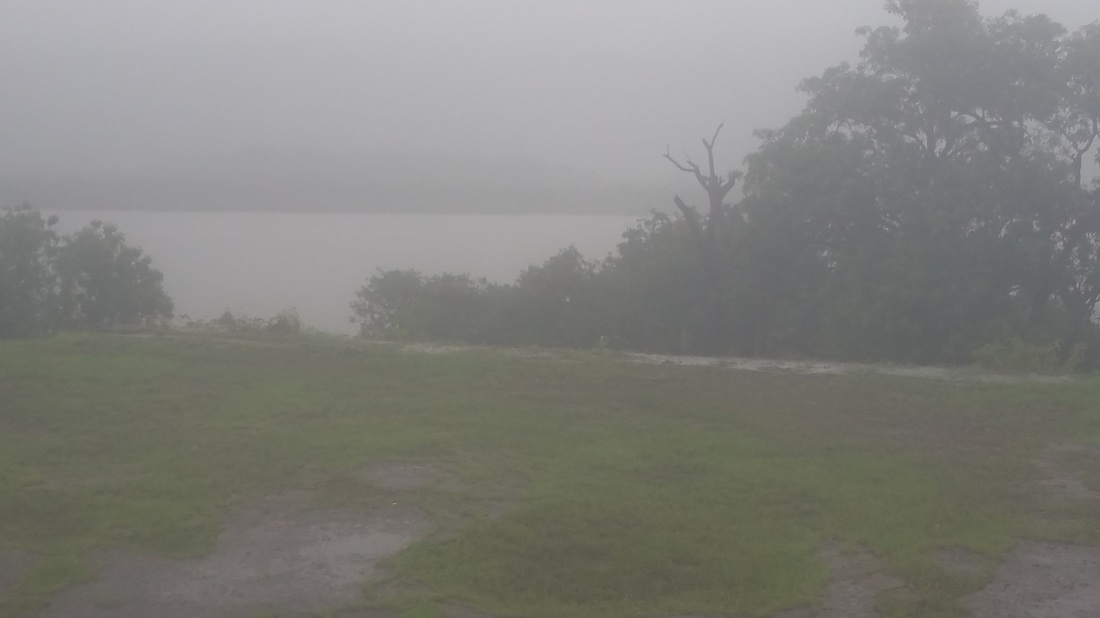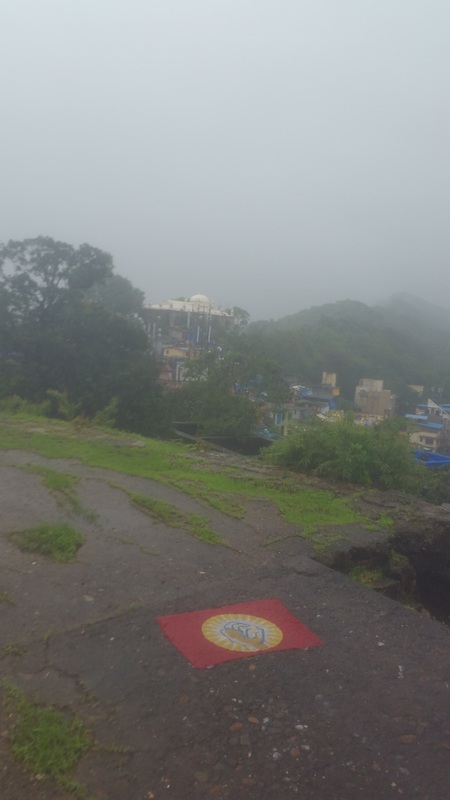|
Continuing my Mumbai exploration and Sunday morning ride, I was on my way to my longest ride yet – Ghodbunder fort – on the outskirts of Mumbai. It was about 85 Km return trip and would be the longest ride so far. Ghodbunder fort was fascinating to me, because it is such an important fort – controlling the Vasai creek, and overlooking one of the oldest harbours in the Mumbai area – and is reasonably close to the city...but no one seems to know about it. People who have lived in Thane or Borivili their whole lives, spitting distance away from the fort, have no idea that such a thing exists. I myself had no idea either – and I am a history and travel buff – until I read about it on Ashutosh Bijoor’s blog when I was searching for forts and historical places around Mumbai. I had the runs all day on Friday and Saturday, probably Mohammed Ali’s revenge from eating the iftaar street food, and was thinking sadly that this puts paid to my Sunday morning ride. I actually settled down to watch the Euro cup match on Saturday night, when I suddenly realised that I had not been to the pot pilgrimage for some time now! Maybe I would be Ok for the ride. So I put the alarm on for 5 AM and went to sleep. The wife cursed at me when the alarm went off in the darkness, and would probably have strangled me there and then if I had not smartly jumped out of bed and muted the alarm. Shaking at my near escape, I fumbled for my clothes in the dark, as I did not dare to put on the light. All geared up, I hit the road at first light and started on the journey. I normally like to listen to podcasts when I ride, but in the pouring rain it was obviously not possible, so I did the ride in silence with only the voices in my head for company. The Eastern express freeway is a pretty good place to ride your cycle – the roads are broad, and mostly in good condition, there is a service road where the slow vehicles can go, and on the actual highway there is enough room for the fast vehicles to give you a wide berth. You can maintain a good cadence and speed without having to jam on the brakes all the time. Good speed is a relative concept of course – I was swiftly overtaken by multiple cyclists - but I did not try to race or catch up. It was a long journey and it was important to pace myself. I passed the Airoli bridge turnoff, where I had gone to see the wetlands around the pumping station, and then was very happy to reach my first waypoint – the Thane toll naka! It was the first time I would be going out of Mumbai, and it was a sort of halfway point for the ride. I continued on to Ghodbunder road, and after about 15 KM, hit another waypoint – my first ghat! The Gaimukh hill ghat on the road might not seem much on a motorbike, but you can certainly feel it it on a cycle. I shifted to first gear and toiled up the slope and was very happy that I managed to cross it without stopping or dismounting anywhere. Soon I was crossing Fountain hotel at the NH8 junction, and followed a much smaller road to Ghodbunder village and asked my way to the fort. The last guy pointed me up a steep slope and I huffed my way up it, hoping that it was not just a sadistic joke – but no, at the top of the slope was the fort! And what a lovely fort! I was pleasantly surprised! It commanded a nice view of the Vasai creek, and was clearly the boss of the area. Anyone with a cannon force here definitely was the controller of the waters. And it was a big fort too. Most of the forts in Mumbai area are pretty small as forts go – Worli, Bandra, Sion, Sewri, etc. Mahim is a big fort – but you can’t enter it, because it is full of squatters. This was a pretty big fort – comparable to most Maratha forts. But this was not Maratha built, but Portuguese built. The Portuguese came to the area in 1530, probably guided by the arab sailors who used the monsoon winds to come to India. The very word ‘monsoon’ comes from the word ‘mausam’ which means season. And this was the very port preferred by the arabs to land the horses they had brought to sell – that’s why it’s called Ghod – bunder (horse port). The Portuguese immediately saw the value of such a good port and started making a foothold in the area. They started fortifying the hills, and completed this fort and called it Cacabe de Tanna. They had powerful enemies in the form of the Marathas and the British – and both were not happy about the Portuguese having so many powerful forts close to each other – Ghodbunder, Vasai, Virar, Arnala etc – and kept attacking them. They resisted several Maratha attacks – notably a powerful one by Shivaji in 1672, but were finally defeated by Maratha forces under Chimnaji appa in 1737. The Marathas themselves were conquered by the British, and the brits took over the fort in 1818 and made it the district headquarters of Thane. But all that is history now – and the place is in ruins. The ASI has made some efforts to preserve it, and the ruins are picturesque and atmospheric. As it is in the midst of the village, there were some locals playing cricket in the ruins. Normally I would think that this a desecration, but somehow this was not. I found it quite charming actually – that Indian villagers were playing a British sport in a Portuguese fort. There were beautiful views of the Ulhas river and Vasai creek, and the feeling of being in a ruined fort in the monsoons is simply amazing. A little bit away from the main fort was an intriguing structure – first I thought it’s a mosque. But when I went there, I found out that it was a church, which had been repurposed to be a hotel, but now was abandoned and in complete squalor. The whole place was broken up, and monkeys were taking refuge from the rains, and children were engrossed in a game of marbles. After the majestic ruins of the fort, seeing the more modern ruins of this hotel was very poignant. I wondered who’s dream project this must have been, and how much money he must have lost in this. Wouldn’t it have been better to have left it as an old church? I observed the old port for some time from the hill top – it must have looked just the same back in the 1500s when the arab traders were bringing in their horses.  Then it was time to leave – I had a long ride back home, and I was winded and crampy – but very happy when I reached home. I had cycled 85 KM in 6 hours in the rain and was now really looking forward to my limbu pani, hot shower and hot lunch. BTW, on the way back I saw the bands practising for the upcoming Ganesh festival. They practise under the flyover bridges – which is a great idea – they are protected from the rain, and are away from developed areas so they disturb nobody. The interesting thing nowadays is the amount of girls in these bands – especially playing the big Dhols, which used to be a male bastion. Check out these power girls freaking out on the drums. What a sound! |
Categories
All
Hi thereI blog about my travels - and the thoughts they set off! Sometimes the simplest destinations can be the most thought-provoking! Archives
May 2022
|

















 RSS Feed
RSS Feed

